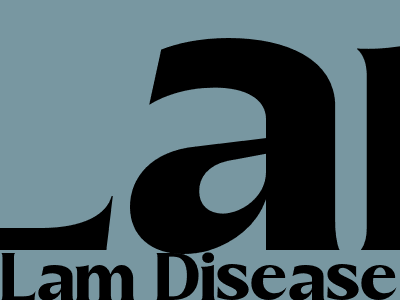Lam Disease: An Incurable and Devastating Genetic Disease
What is Lam Disease?
Lam Disease is an extremely rare and fatal genetic condition that typically manifests in early childhood, leading to progressive and debilitating symptoms that affect multiple organ systems, including the nervous system, muscles, and gastrointestinal tract.
This devastating disease is caused by mutations in the gene that encodes a protein critical for normal cellular function. The absence of this protein results in the accumulation of a toxic substance that disrupts cellular processes and causes widespread damage.
Symptoms and Progression of Lam Disease
Children with Lam Disease often have a normal birth, but they gradually develop a constellation of symptoms within the first few years of life.
Early Symptoms:
- Delayed development
- Muscle weakness
- Feeding difficulties
Progressive Symptoms:
- Severe seizures
- Progressive degeneration of the nervous system
- Respiratory problems
- Significant developmental regression
Unfortunately, Lam Disease is invariably fatal, with most children succumbing before they reach their tenth birthday.
Diagnosis and Management
Diagnosing Lam Disease involves a combination of:
- Physical examination
- Blood tests
- Genetic testing
As there is no cure for Lam Disease, treatment focuses on managing symptoms and improving quality of life. Treatments include:
- Anti-seizure medications
- Respiratory support
- Physical therapy
Genetic Implications and Research
Lam Disease typically follows an autosomal recessive inheritance pattern, meaning that both parents must carry the mutated gene for a child to inherit the condition. If both parents are carriers, there is a 25% chance that each child they have will develop Lam Disease.
Ongoing research aims to better understand the disease mechanisms and explore potential therapeutic interventions. While there is currently no cure, research provides hope for future breakthroughs.

Comments